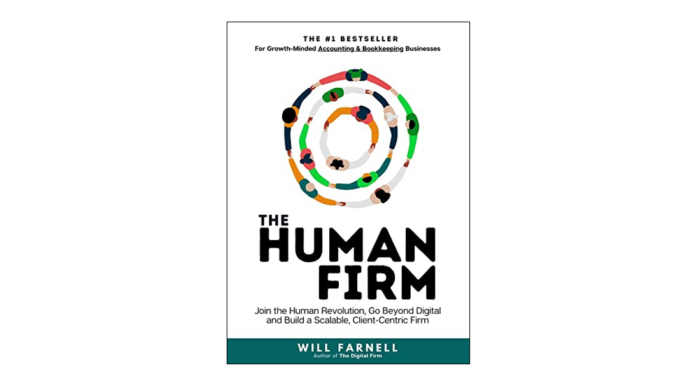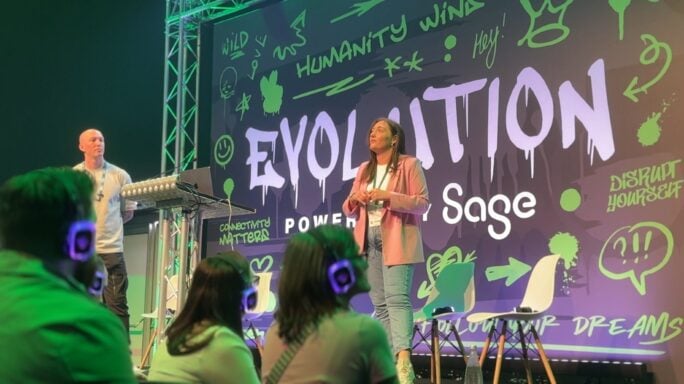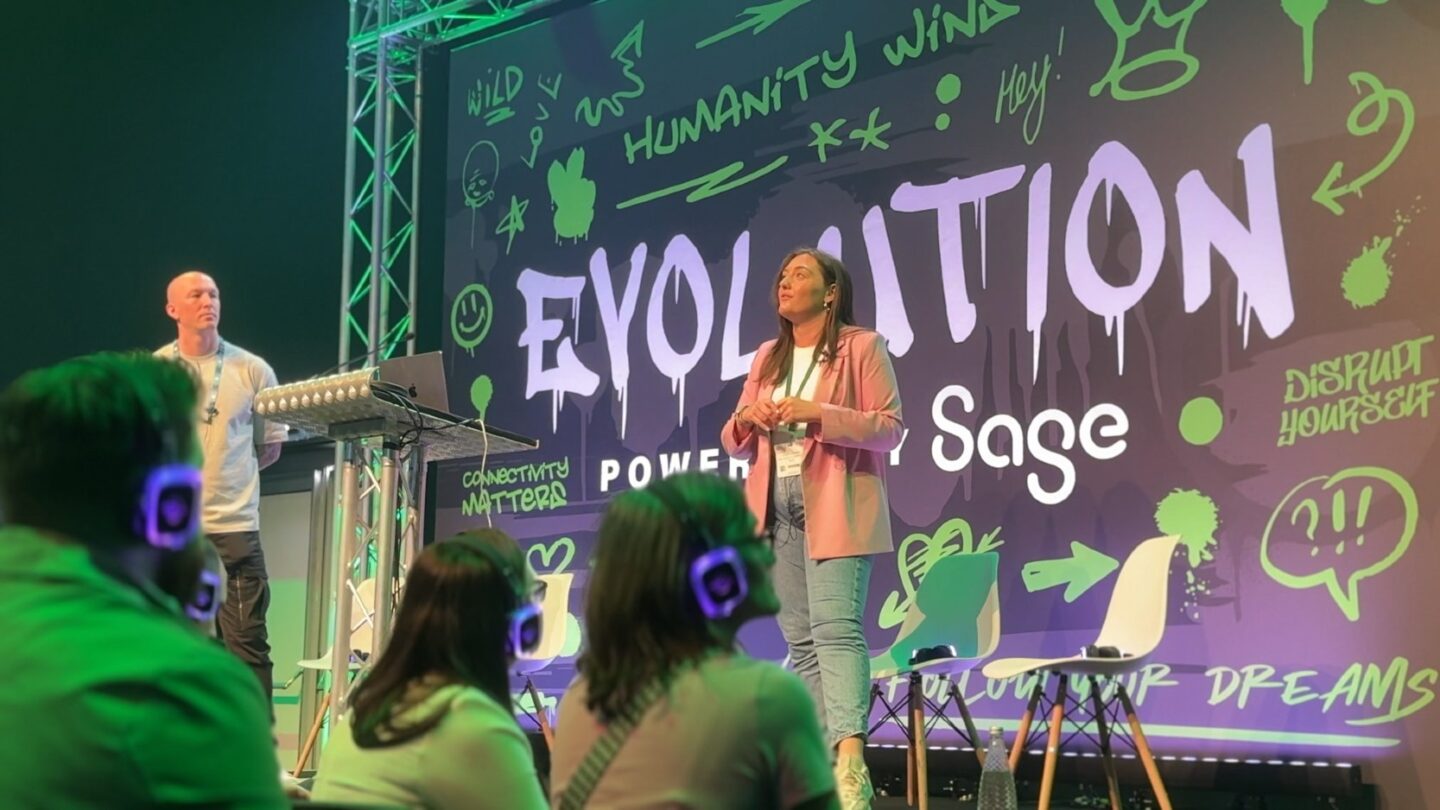Growth & Customers
How your accountancy practice can become a Human Firm now
Learn how and why the accountancy practice of the future is all about people, and how you can make that happen.

The accountancy practice of the future is all about people.
But why not take steps to make that happen now?
Digital used to be used as a differentiator. However, every practice will eventually end up with fully cloud-based systems, supported by similar processes.
Being a fully digital firm will no longer be enough to make you stand out.
This means your next opportunity to hone your competitive advantage is to put people at the centre of everything you do.
Being a Human Firm means coming full circle back to the way accounting started – by building meaningful relationships with your clients so you better understand their business, goals, aspirations, and challenges.
Don’t get me wrong – you still need live accounting data to support these relationships.
But if you combine technology with a human-centred approach, not only will you increase your competitiveness and bottom line, you’ll also achieve the level of futureproofing that’s vital for your long-term success.
In his book published by Sage, The Human Firm, Will Farnell of accountancy practice Farnell Clarke presents how and why you need to evolve your business into one that’s all about people.
Our essential e-book, The Human Firm: How to build a scalable and client-centric firm, summarises Will’s advice into a guide and checklist, so you can bring immediate learnings into your practice.
In this article, we break down the four crucial phases to creating, growing, and nurturing a Human Firm.
Here’s what we cover:
- Phase 1: Become a living brand
- Phase 2: Grow touchpoints and their frequency
- Phase 3: Be human as you grow and scale
- Phase 4: Embrace technology to become more human
- Final thoughts
Phase 1: Become a living brand
Being a living brand starts with thinking about how you want your practice to make your clients feel.
Safe and secure? Confident in doing something that they were unsure about? That somebody has their back?
The idea of accountants making people feel really good is might feel like quite an alien concept. But this is what a living brand is all about.
Customers are more likely to purchase from a brand if its personality is like their own. You must know what your practice stands for and communicate it consistently to your employees and clients.
If you don’t, your team won’t know what your practice stands for, nor will your clients.
That means time, energy, and goodwill will be spent as your practice and the people in it bumble through random responses to internal and external changes, rather than making decisive and informed moves.
Phase 2: Grow touchpoints and their frequency
A client touchpoint is any time a client or potential client interacts with your brand. Measure your touchpoints by asking yourself:
- How do your current clients talk about you?
- Read the first words on your website. Are they about how you can help your clients?
- Can your client easily book a call with you?
- Does the first email you send confirming a meeting get them excited about working with you?
- How easy it is to find your office?
- When in a meeting, is the client’s name on the screen, and are they offered a menu to choose a drink from?
- Does the proposal meeting end on time, or do you allow it to overrun and give the impression that your time, and theirs, has no value (of course, if the meeting overruns, that could signal that you’re deeply invested in your client)?
Find ways to add value that are part of everyday processes. Since these days people will go elsewhere to find services if they don’t know you provide them, establishing client touchpoints is even more important.
Phase 3: Be human as you grow and scale
A pod structure is about making sure the right team is there to support the client in the right way to deliver the right client touchpoints.
A typical pod structure within an accountancy practice can look like this:

In accountancy, pods should deliver almost everything that a client needs except for payroll.
Giving clients access to a wider service within the practice through the client manager eliminates the client’s confusion about who they should speak to.
Pods foster collaboration and communication across areas of expertise and the practice.
They’re more agile, nimble, and adaptable, which means the right people can respond to clients quickly.
They make it easier to work cross-functionally, allowing people with complementary skill sets to work together, and promote a full understanding of the client’s personal and business needs, priorities, values, and goals.
There is no better way of growing a team than internally. Create jobs so people can move around and be promoted effectively, and provide clarity and transparency on career goals, progression milestones, and training.
The Human Firm
In this best-selling book, discover how you can revolutionise the way your practice operates and build deeper client relationships.

Phase 4: Embrace technology to become more human
The accountancy sector has been strangely slow to fully adopt cloud accounting.
This leaves great potential opportunity for practices that do so now and is a long-term recipe for disaster for those that don’t.
Without current data, you can’t use tools to uncover valuable insights. Without these, you can’t provide useful information to your clients, meaning they’re likely to go to practices that can.
Great data delivers nothing on its own. You need processes that enable great communication between you and your clients.
Setting up this communication with good control of tech-people interactions and in ways that help deepen our understanding of your clients will make your mutual relationship grow.
Final thoughts
You care deeply about your clients, so show it. Differentiate yourself through purpose-driven processes, strong client relationships, and a human-centric approach.
Make changes and develop to demonstrate it more.
Think about your practice, its purpose, and where you are going. Look at the processes supporting properly good quality data.
Start on the path to becoming a Human Firm today.
Editor’s note: This article was published in October 2023 and has been updated for relevance.








Ask the author a question or share your advice